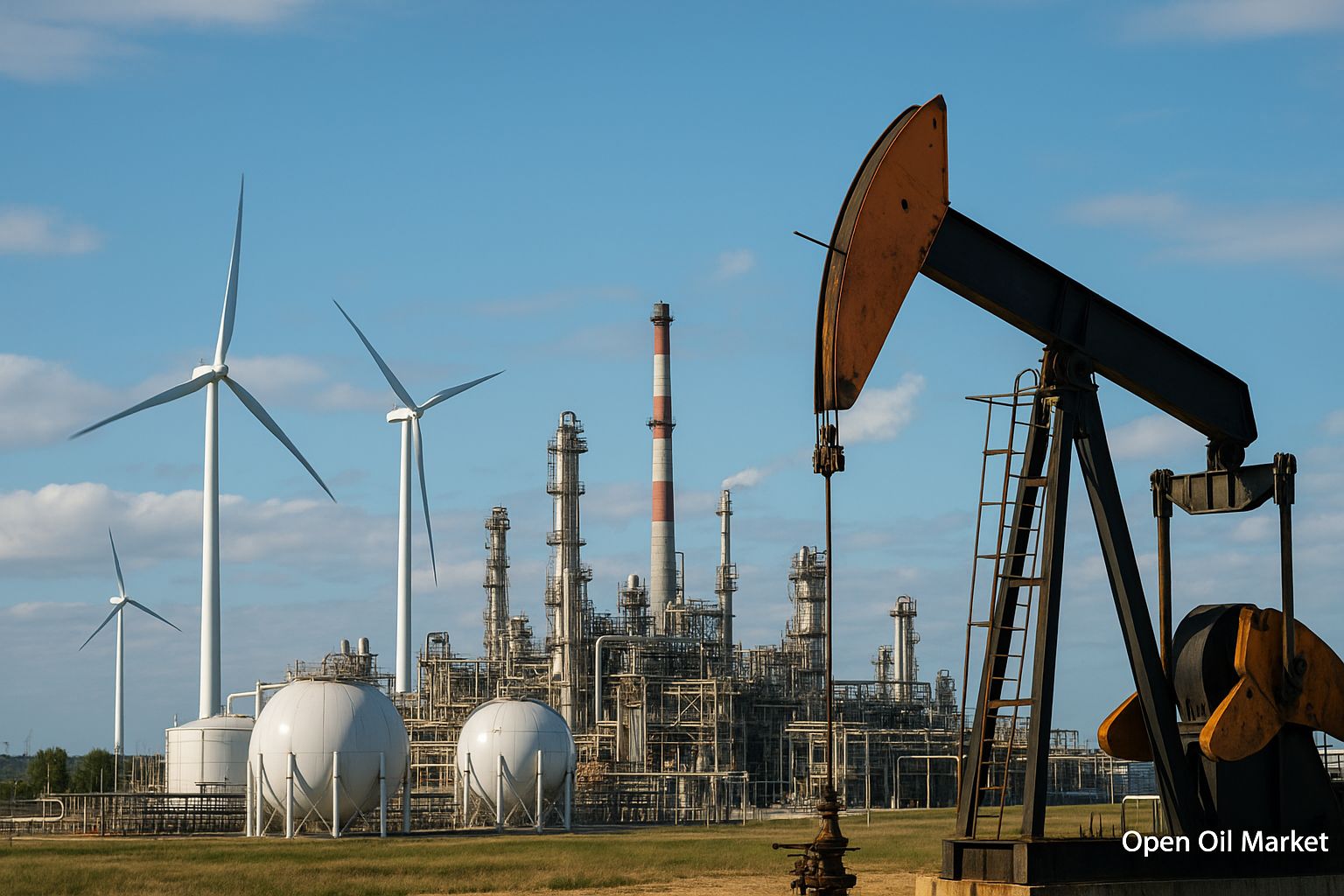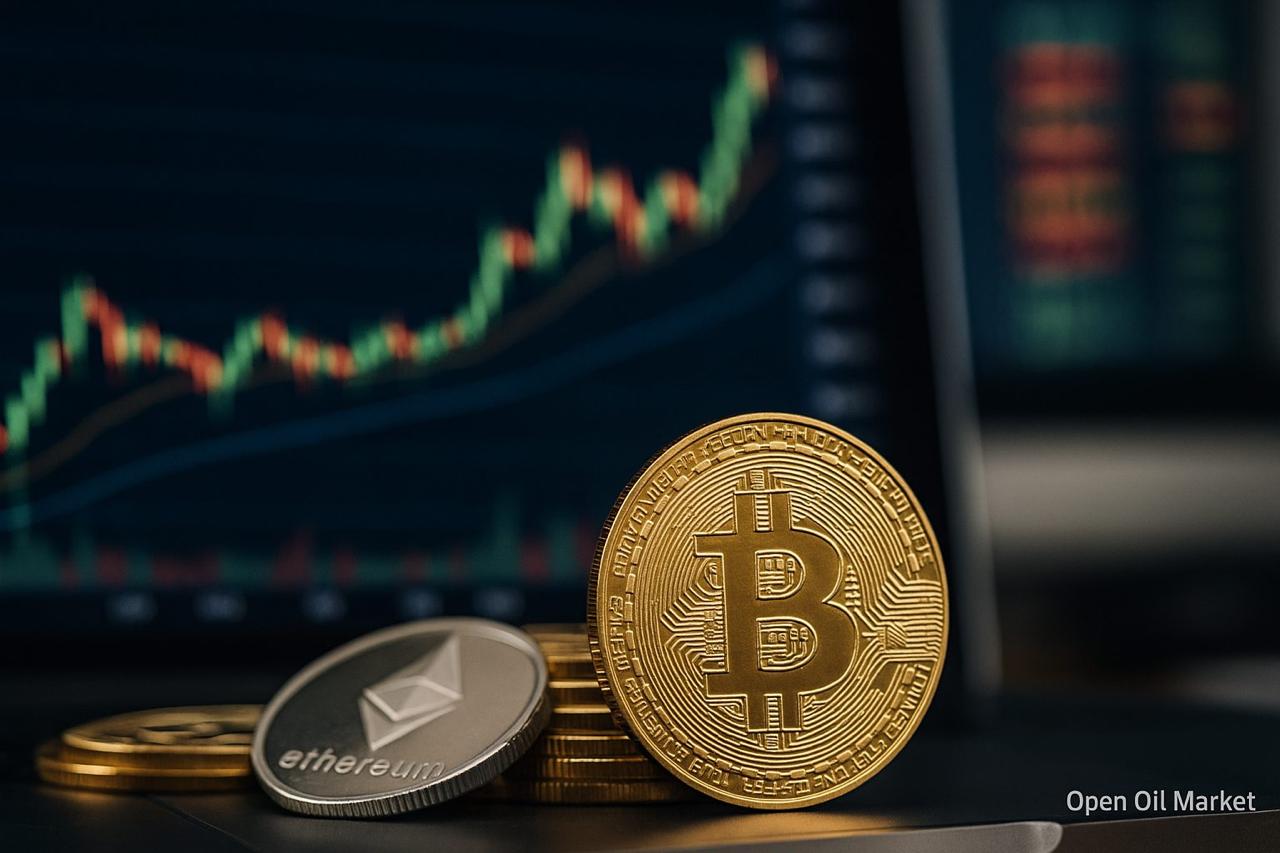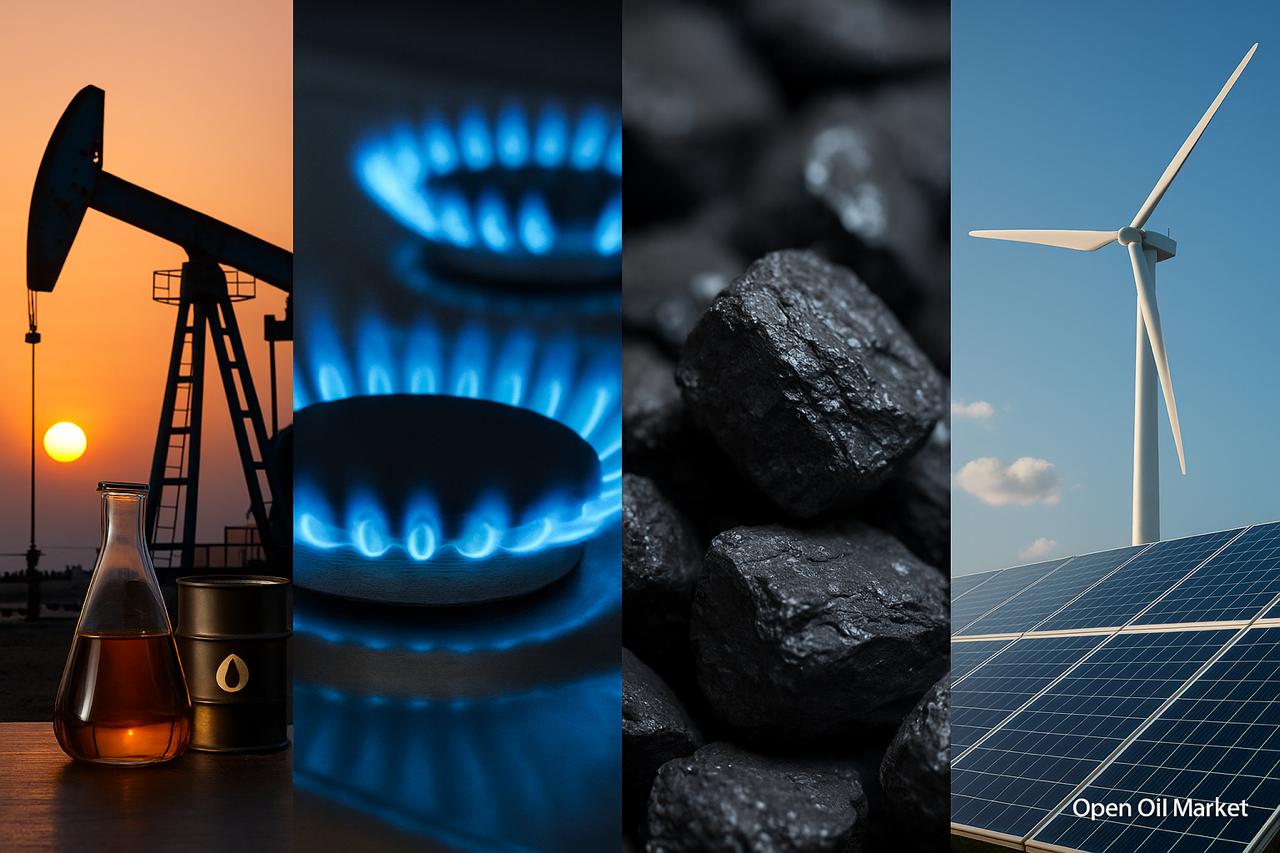
Current Fuel and Energy Sector News as of November 5, 2025: Stabilization of the Oil Market, Record Gas Reserves for Winter, Increased Sanctions, and Rising Investments in Renewable Energy. A Comprehensive Overview for Investors and Energy Market Participants.
Current developments in the fuel and energy complex as of November 5, 2025, unfold against a backdrop of persistent high geopolitical tension; however, positive signals are emerging. The sanctions confrontation between Russia and the West has intensified: the US and the UK have imposed strict sanctions on major Russian oil and gas companies, while the European Union is expanding the embargo on energy supplies from Russia starting in 2026. At the same time, a trade "truce" between the US and China has improved expectations for demand for energy resources, bolstering market sentiment.
Commodity markets are exhibiting relative stability. Oil prices remain near recent lows due to expectations of oversupply: Brent crude is trading in the range of $64-66 per barrel, while WTI is around $60. The gas market is entering winter with record high reserves: European storage facilities are over 95% full, and spot gas prices are being maintained around €30 per MWh, which is significantly lower than the peaks of 2022. The global energy transition is gaining momentum—investment in renewable energy is reaching record highs, although oil, gas, and coal still constitute the backbone of energy supply. In Russia, emergency measures have stabilized the domestic fuel market: gasoline and diesel production has been restored, wholesale prices have decreased, and shortages at gas stations have been eliminated.
- OPEC+ and the Oil Market: The alliance has agreed to slightly increase production in December and take a pause in the first quarter of 2026, stabilizing oil prices.
- Sanctions and Oil Exports: New Western restrictions are forcing a redistribution of oil flows—major importers (China, India, Turkey) have significantly reduced purchases of crude from Russia, replacing volumes with supplies from other countries.
- Gas Reserves in the EU: European storage facilities are over 95% full as winter begins. This keeps gas prices at a comfortable level (~€30/MWh) and reduces the risk of fuel shortages, although much will depend on weather conditions.
Oil Market: Price Stabilization Amid Oversupply
Global oil prices are holding relatively low levels. The North Sea Brent is trading at around $64-65 per barrel, while the American WTI is in the $60 range. After a brief rally in September, prices have once again declined: the market expects oil supply to exceed demand in Q4 2025. At the same time, OPEC+ is demonstrating a willingness to support prices by pausing production increases in early 2026 to prevent a collapse in quotes.
- Production Increase vs Demand: OPEC+ countries increased the total quota by +137 thousand barrels per day in November, with a similar step planned for December. At the same time, production in the US and other countries has reached record levels. Global demand growth is slowing (with a forecast of +0.7 million barrels/day in 2025), leading to stock accumulation.
- Sanctions and Risks: Increasing sanctions pressure (sanctions against Rosneft and LUKOIL) and geopolitical instability raise uncertainty in the industry. Buyers are restructuring supply chains to avoid secondary sanctions. Additionally, risks of force majeure remain: attacks on infrastructure or new conflicts could temporarily reduce supply and spike prices.
- Demand Drivers: Global economic cooperation has improved due to the US-China trade deal, supporting demand for oil. However, energy conservation and the transition to electric vehicles worldwide are holding back growth in oil product consumption, making the oil market more balanced in the long term.
Gas Market: Record Reserves and Redirection of Flows
The gas sector is entering winter in a strong position. European underground gas storage (UGS) is over 95% full—an all-time high that provides a solid buffer against cold weather. Thanks to high reserves and increasing LNG imports, wholesale gas prices in the EU are being maintained at low levels (~€30 per MWh).
- Europe is Ready for Winter. Record gas reserves (over 95% of storage capacity) guarantee the EU a comfortable heating season even in cold conditions. The demand for gas remains moderate: Europe's economy is growing slowly, and electricity generation from renewable sources was high in the fall, reducing the load on gas-fired power plants.
- LNG Imports at Peak Levels. The EU is actively replacing lost Russian pipeline gas with record LNG purchases. In October, the US exported over 10 million tons of LNG (most of which went to Europe). The high inflow of gas from the US, Qatar, and other countries keeps the market balanced and prevents prices from skyrocketing.
- Russia's Redirection. Having lost the European market, Russia is redirecting gas exports to Asia. Flows through the "Power of Siberia" pipeline to China have reached record levels, and new LNG plants are beginning operations in Yamal and Sakhalin for supply to the Asia-Pacific region. However, total gas exports from Russia remain below pre-sanction levels, as the capacity for eastern deliveries is still limited.
Power Generation and Renewables: Investment Boom and Integration Challenges
The global energy transition is accelerating—many countries are introducing record capacities of solar and wind plants, and investments in "green" energy are hitting historic highs. Last year in Europe, the total electricity generation from solar and wind for the first time surpassed generation from coal and gas-fired power plants. The US now generates approximately 30% of its electricity from renewable sources, and China is adding tens of gigawatts of new capacity each year.
The rapid growth of renewable generation is accompanied by infrastructure challenges. Energy systems still rely on traditional plants for balancing: during periods of low renewable generation in winter, European countries must temporarily increase generation from coal and gas power plants. In regions with rapid renewable growth (such as China), forced shutdowns of solar and wind installations due to grid overloads are increasingly common. This signals an urgent need for investment in grids and energy storage systems.
- Grid Reliability. As the share of renewables increases, gas-fired and coal power stations are still needed to maintain stability. In hours when sunlight or wind is insufficient, conventional generation must cover demand; otherwise, power supply interruptions may occur.
- Infrastructure and Storage. To integrate record volumes of renewables, countries are increasing investments in power grids and large energy storage solutions. New transmission lines, industrial batteries, and technologies like "virtual power plants" are designed to reduce curtailment and maximize the output of solar and wind plants, accelerating the energy transition without threatening energy shortages.
Coal: Steady Demand and Gradual Phase-Out
The coal industry is experiencing mixed dynamics. In Asia, demand for coal remains high: China, India, and other countries continue to actively use coal for electricity generation, compensating for renewable interruptions and meeting rising consumption. At the same time, the West is accelerating its phase-out of coal for environmental reasons—the share of coal generation in Europe and the USA is steadily declining. Global coal prices have stabilized after the peaks of 2022, and it is expected that global demand will peak in the coming years before gradually declining.
Oil Refining and Fuel Market: Stabilization After the Crisis
By the fall of 2025, the domestic market for oil products in Russia has normalized after the crisis of late summer. Emergency government measures (a total ban on gasoline exports, restrictions on diesel exports, subsidies for refineries, and compensations for oil companies) allowed for the elimination of fuel shortages by October. Gasoline and diesel production has been restored to normal levels, wholesale prices have decreased, and independent gas stations have resumed uninterrupted operations. Restrictions on gasoline exports have been extended until December 31, 2025, and a partial ban on diesel exports is also maintained until the market stabilizes—the authorities aim to keep the situation under control to prevent price spikes from recurring.
Geopolitics and Sanctions: Continued Pressure on the Market
In late October, Western countries intensified sanctions pressure by including the largest Russian oil companies Rosneft and LUKOIL on the list of restrictions. The European Union will prohibit the import of oil products produced from Russian oil abroad starting January 1, 2026, closing loopholes in previous embargoes. These new measures are already forcing Asian consumers to reduce purchases from Russia: in the fall, crude oil exports from Russia to China and India fell by tens of percent, and prices for Russian grades are declining under the pressure of increased discounts. As a result, total exports of oil and oil products from Russia have receded to minimal levels in recent years.
A partial easing of trade disputes between the US and China somewhat mitigates the situation; however, in the foreseeable future, sanctions and conflicts will remain the main sources of uncertainty. Energy companies must account for the risks of disruptions and new restrictions when planning—geopolitical factors continue to sharply influence the energy resource market.
Forecast: Cautious Optimism
In the coming weeks, significant changes are not expected. Oil prices are likely to remain in a moderate range (Brent ~$60-70), while the gas market remains balanced due to high reserves. The main uncertainties are associated with weather and politics: a harsh winter or new sanctions could trigger fuel price spikes. Overall, the industry is entering 2026 with cautious optimism, continuing to adapt to the new realities.




